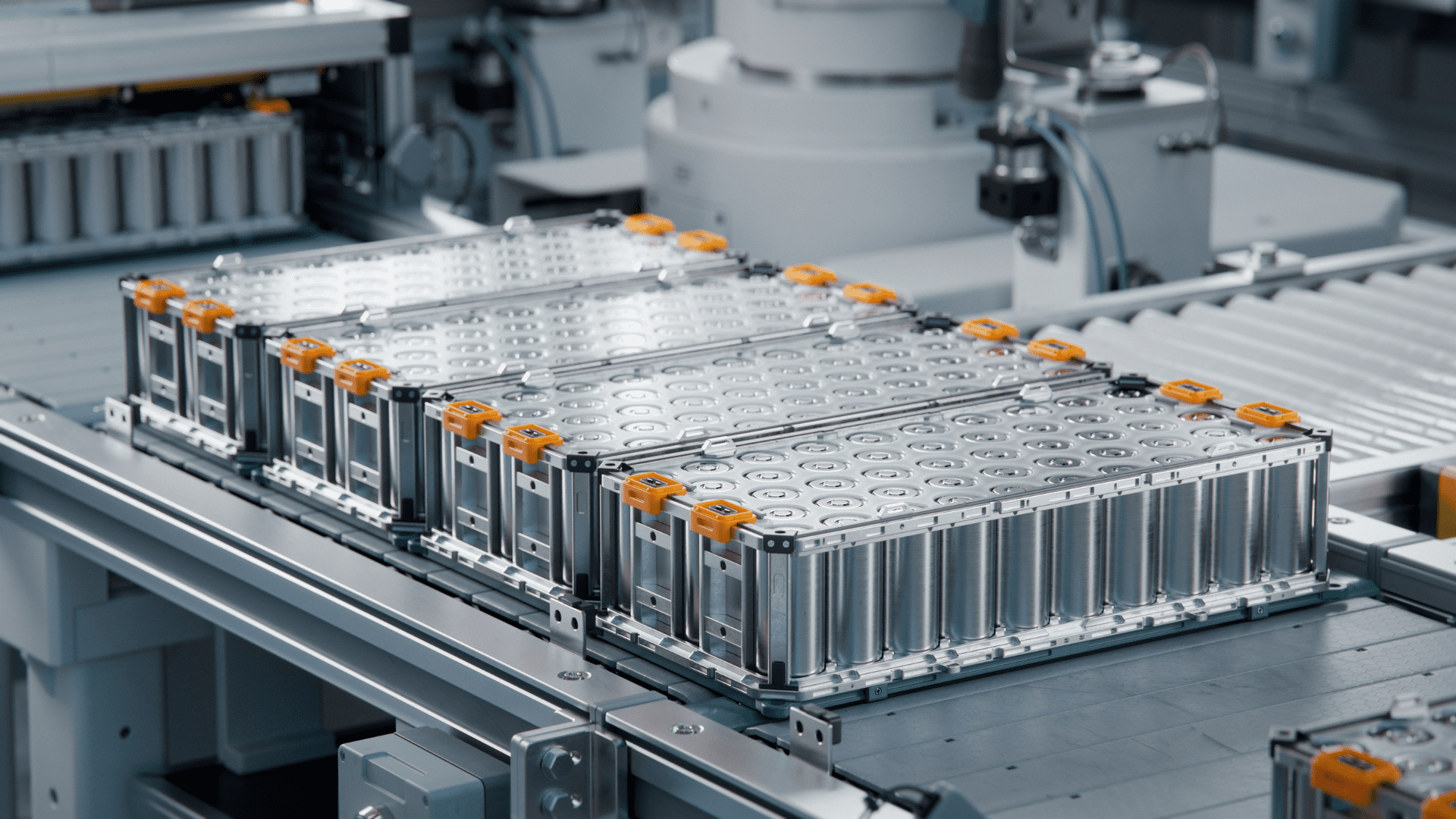The expansion of natural gas use may seem like a pipe dream for some, but George speculates that it may be a great back-up power source for The Park of the Future. To look into the possibility, Tamara is sent to speak with Cheniere Energy. She learns about the conversion of natural gas from a gaseous to a liquid state for transportation purposes and about the environmental friendliness of this fossil fuel alternative. She runs the information up the pipeline to George, who’s ecstatic to hear that the fuel source would be both cost-effective and a non-pollutant.

You may be surprised to learn that natural gas can be just as cost effective and environmentally friendly for The Park of the Future as it is for your household. For example, one of the main household uses for natural gas is for ovens and stoves. Oftentimes people will prefer to cook with natural gas stoves and ovens because they allow for better temperature control than their electric alternatives, thereby giving the user more precision in their cooking. In addition, according to Save On Energy, natural gas stoves/ovens use significantly less energy than their electric counterparts because the units heat and cool quickly.

A few other big uses for natural gas in the home is for heating water and heating/cooling the household. Hot water heaters run in natural gas, which is often preferable to electric because, as true with the stoves, they use less energy and are more economically friendly. In addition, though we often think of natural gas when we think of heat in a brutal winter, it can actually be used as a method of cooling your house as well. Although gas air conditioning units are typically more expensive upfront, they’ll eventually pay for themselves as the operating costs are far less expensive than electric models.
There’s nothing quite like the comforting warmth of clothes fresh out of the dryer, but did you know that your dryer could also run on natural gas? In fact, you could cut your dryer energy costs up to 50 percent by switching over to a natural gas model. They even cut down on drying time because they use a larger quantity of dry and absorbent air.

Another upcoming natural gas use we may see develop in our lifetimes can be found parked right in our driveways. That’s right, natural gas can be converted into vehicle fuel similarly to electricity. We currently don’t see a lot of this being used due to the short range of these vehicles and limited refueling options. However, because natural gas supplies are high we may see them become a more possible alternative to fossil fuel powered vehicles. This would be a very green solution as, according to Geology, natural gas vehicles emit 60-90% less smog-producing pollutants and 30-40% less greenhouse gas emissions. Talk about saving our planet one mile at a time!







